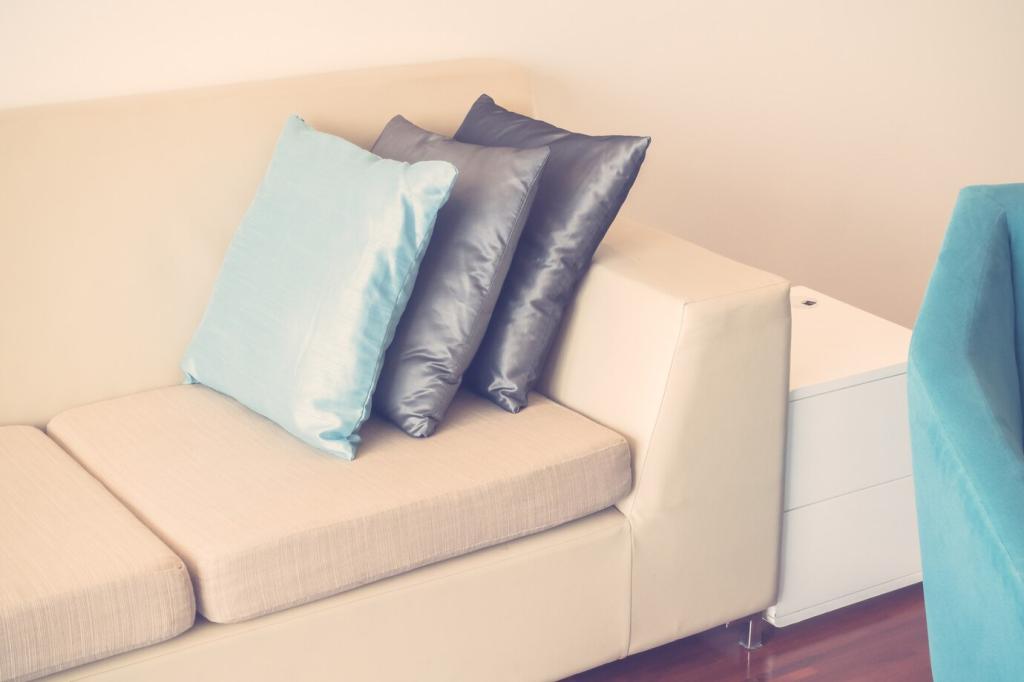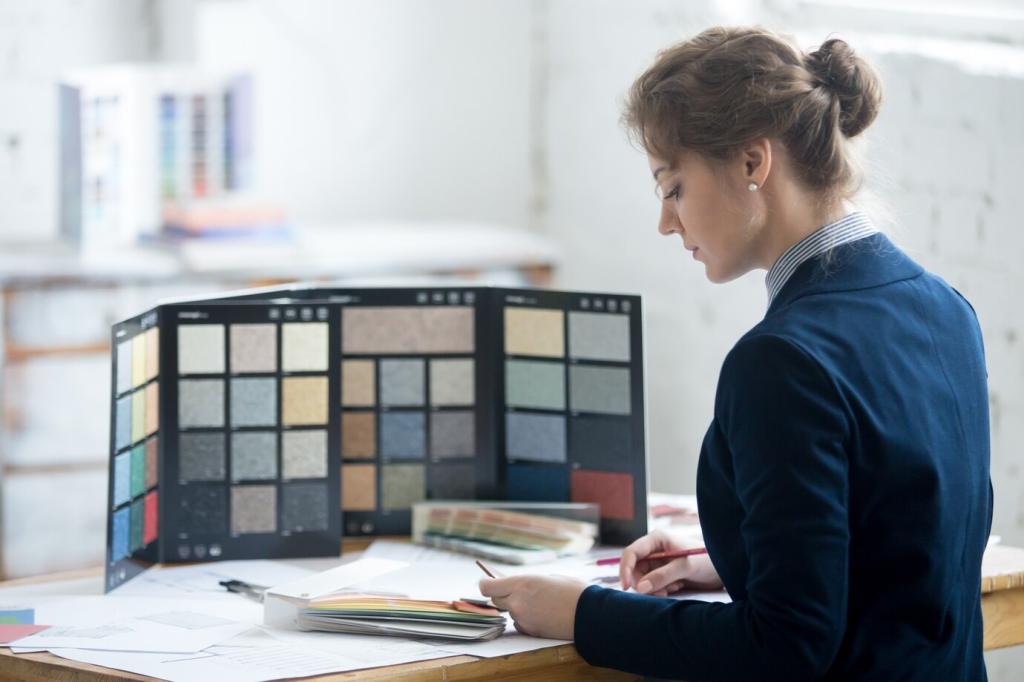Symbols of Status, Ritual, and Identity
From pharaonic courts to ecclesiastical cathedra, armrests marked boundaries: where supplicants ended and sovereignty began. Even municipal chambers used grand armchairs to choreograph who presided, who listened, and whose hands rested upon carved power.
Symbols of Status, Ritual, and Identity
In many cultures, offering an armchair means more than comfort—it is welcome and esteem. Think of wingbacks pulled close to fireplaces, their arms shielding warmth and encouraging conversation. Share your family’s armchair traditions with our community.
Symbols of Status, Ritual, and Identity
Historically, chairs with arms regulated posture and role. Some settings reserved armchairs for elders or honored guests, while others encouraged demure, armless seats. These gestures reveal how societies choreographed bodies, authority, and respect.



